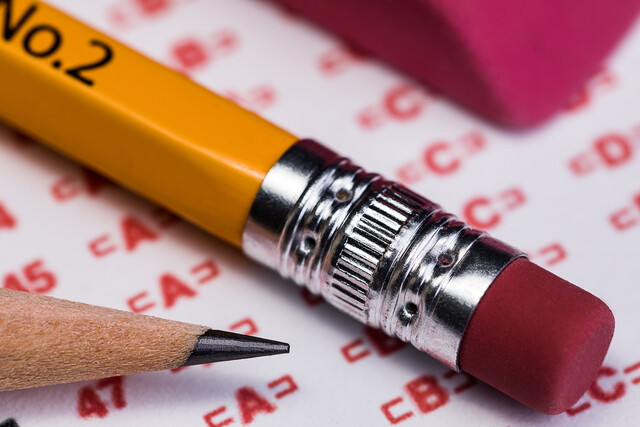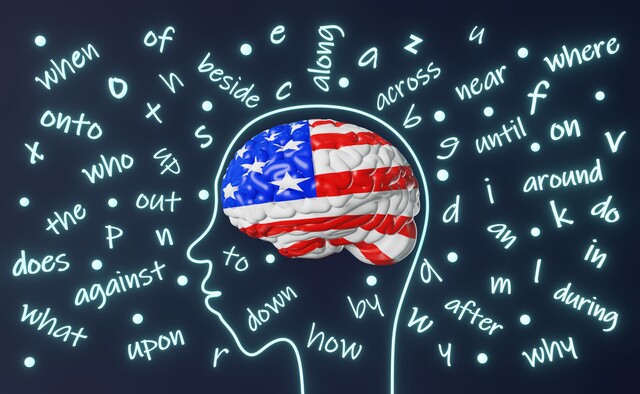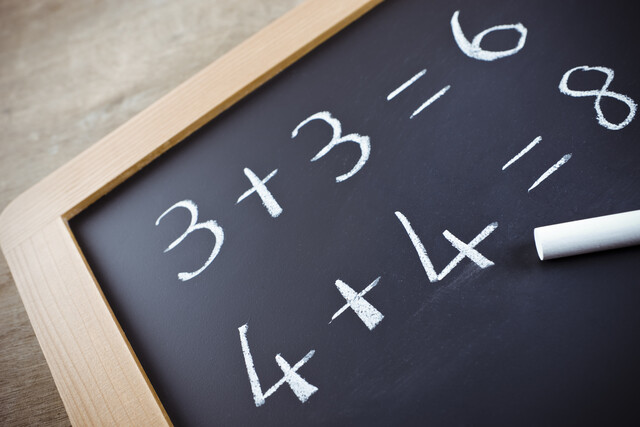Lesson 1. Navigating the GED: A Journey to Empowerment
Designed to open new educational and career doors, the GED test emphasizes practical knowledge application over rote memorization, with varied question types from multiple choice to extended responses that evaluate deep understanding. Upon completing the approximately seven-hour computerized test, candidates receive same-day feedback, fostering immediate growth and learning.
Lesson 2. Navigating the Language Arts: Mastering the RLA Test for GED Success
This lesson outlines the RLA test as a vital step in acquiring a GED, emphasizing the importance of mastering English grammar, sentence construction, and comprehension skills. A score of 165 or higher indicates college readiness, which can lead to expanding educational pursuits.
Lesson 3. Effective Sentence Construction
Mastering sentence structure, from differentiating complete sentences and fragments to correcting run-on sentences and comma splices, is essential for clear communication. Utilizing conjunctions and choosing between active and passive voices strengthens your writing, making it more direct and engaging.
Lesson 4. Precision and Clarity in Written English
This guide emphasizes the importance of capitalization and punctuation as fundamental tools for crafting coherent and engaging sentences. By exploring usage through illustrative scenarios, learners gain valuable insights into writing with professionalism and expressiveness.
Lesson 5. Navigating the Rivers of Thought: The Role of Structure in Writing
Effective paragraph structure balances clarity with conciseness, using topic sentences to anchor ideas and transitions to signal shifts, ensuring narratives remain intact and focused. From concise paragraphs that drive points home to the integration of varied details, structuring becomes an art form to preserve interest and avoid narrative choppiness.
Lesson 6. Mastering Reading: Key Strategies Unlocked
Delve into the art of reading comprehension by understanding pivotal elements like main ideas and supporting details, akin to finding the heartbeat of a passage. Through strategic tools and skills, this exploration equips readers for mastery in navigating complex texts with confidence.
Lesson 7. Fiction Decoded: Understanding Imaginative Narratives
Writing fiction is a creative art akin to painting or sculpting, using characters, settings, and plots to craft narratives that reshape readers' perceptions and emotions. Through characters and settings that resonate deeply, fiction connects diverse audiences to universal themes, from societal commentary to personal journeys.
Lesson 8. Nonfiction Unraveled: A Journey of Knowledge and Enlightenment
Personal narratives such as biographies and autobiographies offer insight into individual lives, merging historical context and personal reflection. Through firsthand accounts, they educate and inspire, highlighting resilience against adversity and offering readers a deeper connection to the subject.
Lesson 9. Beyond Essays: Mastering Extended Writing for the GED
A strong essay framework involves structured planning, writing, and revising, forming a blueprint for clear and impactful writing. Planning involves comprehending instructions; writing emphasizes narrative crafting with supporting evidence; and revising focuses on coherence and grammatical accuracy.
Lesson 10. From Numbers to Success: Navigating the GED Math Test
Designed to evaluate more than just arithmetic skills, the GED Mathematical Reasoning Test challenges you to employ logical strategies in solving real-world problems. Achieving a passing score not only exemplifies mathematical competence but also resilience and adaptability, essential traits for academic and professional growth.
Lesson 11. The Language of Whole Numbers: Addition, Subtraction, Multiplication, and Division
Mastering whole number operations like addition, subtraction, multiplication, and division is foundational for mathematical fluency and real-world application. These operations are essential tools that, once mastered, unlock the ability to solve complex mathematical challenges and understand symmetrical beauty in numbers.
Lesson 12. Exploring the Mysteries of Numbers, Powers, and Roots
The lesson visualizes squared numbers to simplify abstract concepts, illustrating perfect squares with relatable examples. Familiarizing with techniques like estimating square roots or using calculators ensures adaptability when facing non-perfect square roots.
Lesson 13. Decisions with Decimals
Understanding the place value of decimals allows us to read, compare, and manipulate them accurately, treating each digit's position as a component of a rhythmic base ten system. Whether aligning a list of numbers or determining which fraction is greater, this understanding transforms seemingly complex tasks into straightforward processes.
Lesson 14. Percent Mastery
Calculating interest involves applying percents to money growth over time, with simple and compound interest as key concepts. By understanding these calculations, one can decipher loans, credit savings, and investment opportunities more effectively.
Lesson 15. The Infinite Stretch of Real Numbers and Their Significance
Real numbers extend our comprehension beyond simply positive figures to include zero and negative quantities, influencing mathematical concepts, operations, and real-world applications. Understanding signed numbers on a number line and their absolute values aids in navigating mathematical operations like addition, subtraction, multiplication, and division, mirroring life's financial and temperature shifts.
Lesson 16. Decoding the Math of Everyday Decisions: Ratios, Rates, Proportions
Ratios serve as fundamental comparisons between numbers, essential for analyzing situations in daily life, such as determining ratios at zoos or grocery stores. Simplifying these ratios offers clearer insights, helping individuals and businesses make strategic decisions and understand the composition of groups.
Lesson 17. A Deeper Dive into Probability: Mastering Uncertainty
As a study of random events and outcomes, probability enhances our capacity to make informed decisions in daily life and across diverse fields, including business and medicine. Understanding its principles equips us with tools to better predict events, evaluate risks, and embrace complexity with confidence.
Lesson 18. Data Decoded
Measures of central tendency such as mean, median, and mode offer unique perspectives on data, supporting effective analysis and decision-making. These measures help in contexts ranging from educational assessments to business inventory management.
Lesson 19. Simplifying Expressions and Tackling Algebraic Challenges
Word problems integrate algebra with everyday challenges, requiring systematic approaches to unlock their mathematical constructs. By translating real-world scenarios into algebraic equations, learners can devise solutions to diverse problems from finance to logistics.
Lesson 20. Balance in Mathematics: The Art of Equalities
Algebraic operations unlock a universe of possibilities by merging constants and variables to solve equations. This lesson explores addition, subtraction, multiplication, and division in algebra, emphasizing the importance of order of operations and substitution.
Lesson 21. Mastering the Fundamentals of Linear Equations
Solving linear equations involves balancing variable expressions through arithmetic, a technique that cultivates problem-solving skills useful across disciplines such as algorithm development and financial analysis, emphasizing the elegance of algebraic symmetry and logic.
Lesson 22. Solving the Puzzle of Linear Equations and Inequalities
Linear equations offer a gateway into higher-dimensional algebra, providing clarity and solutions when lines and planes intersect. Mastering concepts like substitution and visualization enhances our mathematical toolkit for real-world applications.
Lesson 23. Mastering Functions: From Basics to Advanced Applications
Understanding the nuances of functions--such as domain, range, and exclusions--forms a cornerstone for mathematical modeling, providing clarity in scenarios from electrical circuits to market dynamics. Functions distinctively ensure a unique output for each input, a principle visualized via the vertical line test.
Lesson 24. Geometry: The Art of Lines, Angles, and Shapes
Mastering angles enhances problem-solving, revealing relationships like complementary and supplementary angles that underpin structural and mechanical designs. The elegance of these geometric ideas can be observed in the alignment of bridges, vehicle wheels, and even aesthetics in art installations.
Lesson 25. The Journey Through Time: Exploring History, Geography, Economics, and Politics
The principles of supply and demand, coupled with monetary and fiscal policies, illuminate the intricacies of economic behaviors and their global impacts, showcased in scenarios like the semiconductor shortage. Such economic understanding is pivotal in navigating personal financial landscapes, reinforcing the relevance of these concepts in daily life.

37 Hours average completion time
3.7 CEUs
49 Lessons
97 Exams & Assignments
59 Discussions
361 Reference Files
75 Articles
Mobile Friendly
Last Updated December 2025























